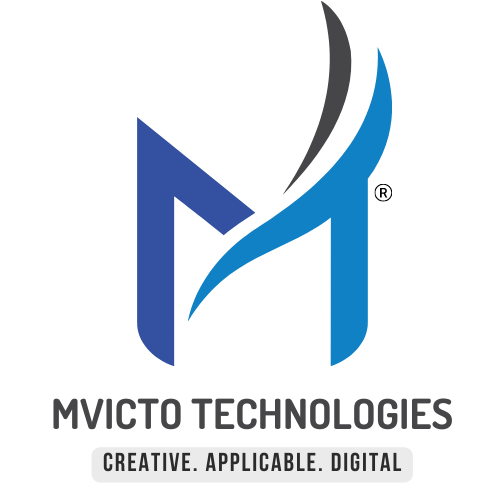Content Marketing
Content marketing is a strategic approach of marketing that focuses on creating and sharing relevant, valuable and consistent content with the goal of attracting and retaining a target audience and, ultimately, driving profitable customer action.
In the digital age, businesses must establish an online presence in order to reach and engage with their target audience. With the rise of social media, mobile devices, and e-commerce, the need for effective digital marketing strategies has never been greater. One of the most effective ways to reach and engage with your target audience is through content marketing. By providing your audience with informative, educational, and entertaining content, you can build trust, credibility, and a strong relationship with them.
There are several benefits to implementing a content marketing strategy, including:
Increased website traffic: By producing and sharing high-quality, relevant content, you can attract more visitors to your website, increasing your online visibility and reach.
Better audiences engagement : When you provide your audience with content that they find valuable and interesting, they are more likely to engage with your brand, share your content with others, and become loyal customers.
Improved search engine optimization (SEO): When you create and share relevant, high-quality content, search engines such as Google are more likely to display your content in their search results, which can help you reach a larger audience and improve your search engine rankings.
Increased brand awareness: By consistently creating and sharing valuable content, you can increase your brand’s visibility and awareness, helping you to establish a strong reputation and build a strong relationship with your target audience.
Increased conversions and sales: When you provide your audience with valuable and relevant content, you can help to educate and inform them about your products or services, making them more likely to make a purchase.
There are several different types of content that you can use in your content marketing strategy, including blog posts, videos, infographics, case studies, e-books, whitepapers, and webinars. When creating content, it is important to focus on quality over quantity. Your content should be well-researched, informative, and engaging. It should also be optimized for search engines, with keywords and meta descriptions that accurately reflect the content of the page.
Types of content marketing
Blogging
Creating and publishing articles on a company blog to educate and inform target audience.
Video Marketing
Creating and sharing videos on platforms like YouTube, Vimeo, and Facebook to educate and engage target audience.
Social Media Marketing
Sharing and promoting content on social media platforms to reach and engage with target audience.
Infographics & Interactive Content
Visual representation of information, data, or knowledge to make complex subjects simple and easy to understand. Creating interactive quizzes, polls, or games to engage and educate target audience.
Email Marketing
Sending regular newsletters or promotional emails to subscribers to keep them informed and engaged.
E-books and Whitepapers
Creating and sharing in-depth resources that provide valuable information to target audience.
Webinars
Hosting live or recorded presentations and workshops to educate and engage target audience.
Case Studies
Sharing real-life examples of how your product or service has solved problems for customers.
.
Content Copywriting
Content copywriting is the process of creating written content that is meant to be used for marketing purposes. The goal of content copywriting is to educate, inform, and persuade target audience to take a specific action, such as making a purchase or signing up for a newsletter.

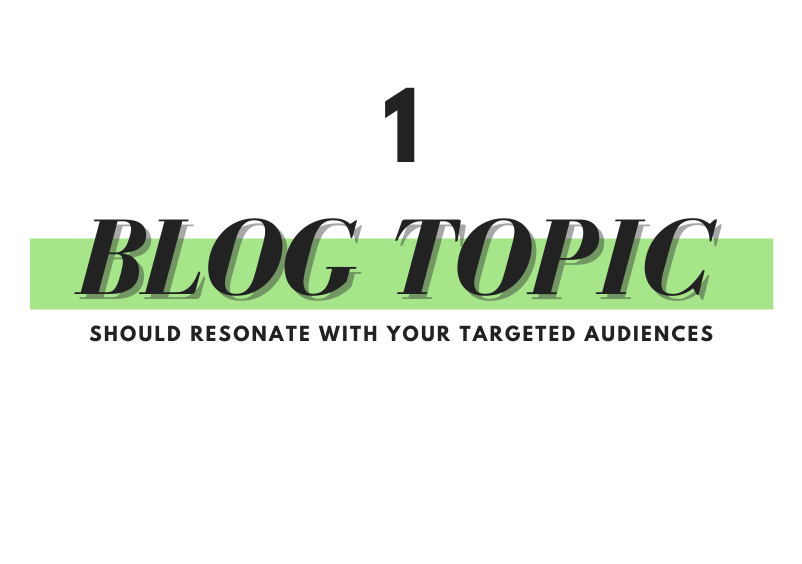

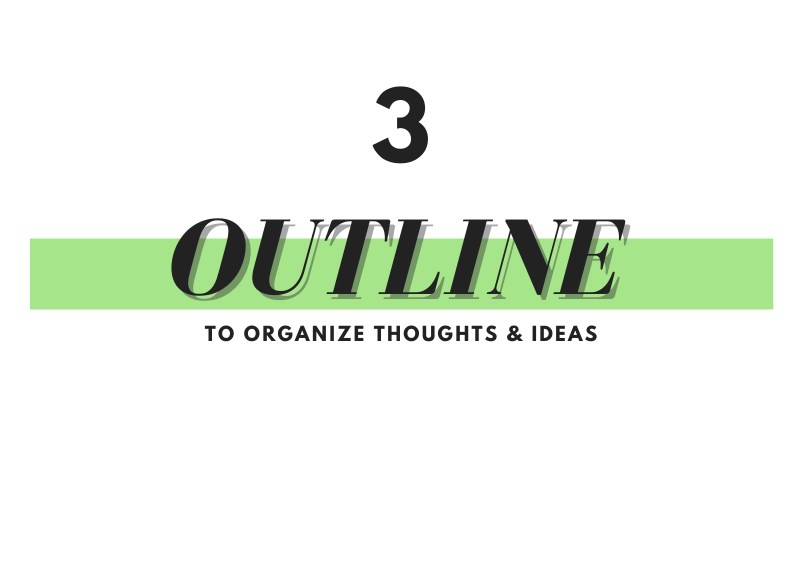
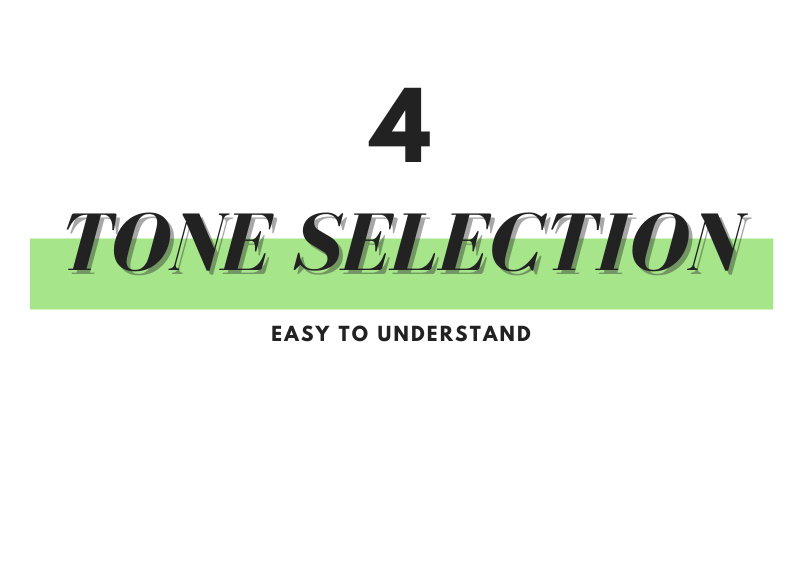
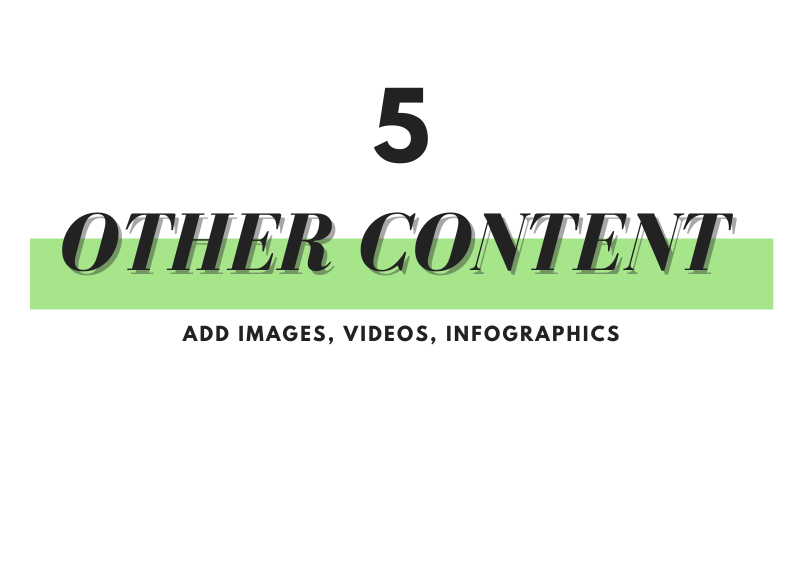
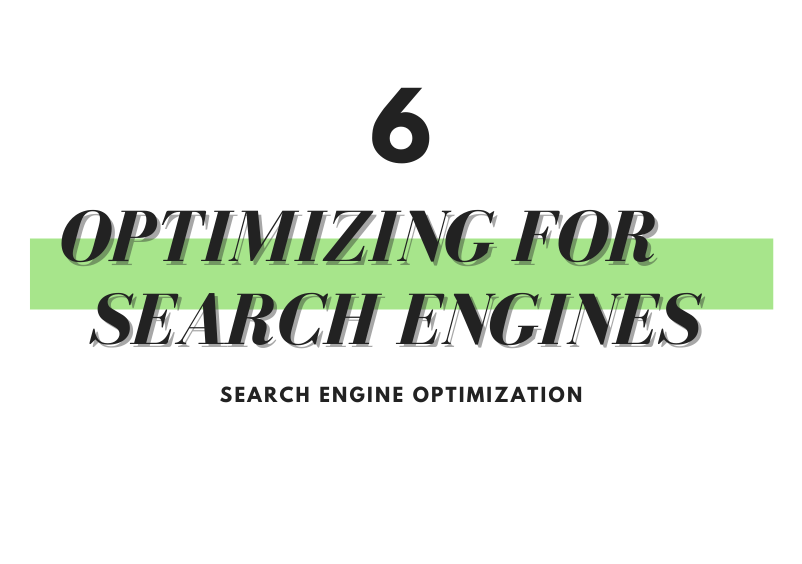
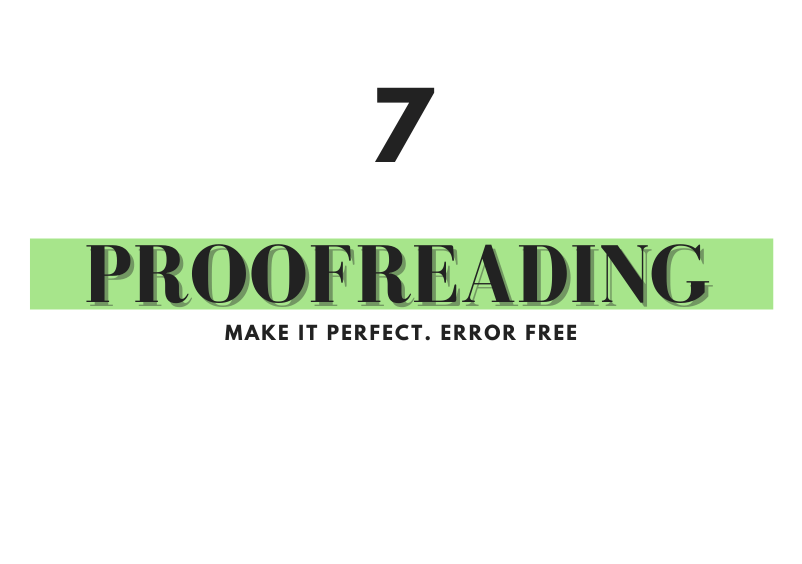
Blogging is a powerful tool for digital marketing and a way to share your ideas, thoughts, and experiences with the world. A well-written blog post can drive traffic to your website, build your brand, and establish you as an expert in your field. However, creating engaging blog content is not as simple as it sounds. Here is the proven way we follow to write a successful blog post.
We choose a topic that resonates with your target audience
The first step in writing a successful blog post is to choose a topic that your target audience will find interesting and relevant. Start by researching your target audience and finding out what their needs, interests, and pain points are. Once you have a clear understanding of your target audience, you can choose a topic that speaks to them and will keep them engaged.
We conduct thorough research
Once you have chosen your topic, it’s time to do your research. Gather as much information as you can on your topic and make sure that your facts are accurate and up-to-date. You can use various sources such as books, articles, and online resources to get the information you need.
Create an outline
Before you start writing, create an outline that will help you organize your thoughts and ideas. A good outline should include an introduction, body, and conclusion. In the introduction, you should grab the reader’s attention and provide an overview of what the blog post is about. The body of the post should provide more detailed information and include facts and examples to support your points. The conclusion should summarize your main points and leave the reader with something to think about.
Write in a conversational tone
Blogging is not the same as academic writing, so it’s important to write in a conversational tone that is easy to read and understand. Use simple language and avoid complex jargon or technical terms. Write as if you were speaking to a friend, and try to make your blog post as relatable and engaging as possible.
Usage of images and videos
Images and videos are a great way to break up long blocks of text and make your blog post more visually appealing. Choose images that are relevant to your topic and add captions to help explain what they are about. Videos can be used to demonstrate a concept, show a process, or provide a visual representation of your ideas.
Optimize for search engines
Search engine optimization (SEO) is the process of optimizing your website and content to rank higher in search engine results pages (SERPs). To optimize your blog post for search engines, use keywords related to your topic in your headings, subheadings, and body text. Additionally, make sure that your blog post is well-structured, with a clear hierarchy of headings and subheadings, and that the main keywords are used in the first paragraph of your post.
Edit and proofread
Once we have finished writing your blog post, it’s important to take the time to edit and proofread your work. This will help us catch any typos, grammatical errors, or awkward sentences that may detract from the quality of your blog post.
In conclusion, blog writing is a powerful tool for digital marketing, but it takes effort and planning to create engaging content. By following these steps, we write blog posts that will captivate your target audience and help you achieve your marketing goals.
We are ready when you are! Your beautiful content is right around the corner.
